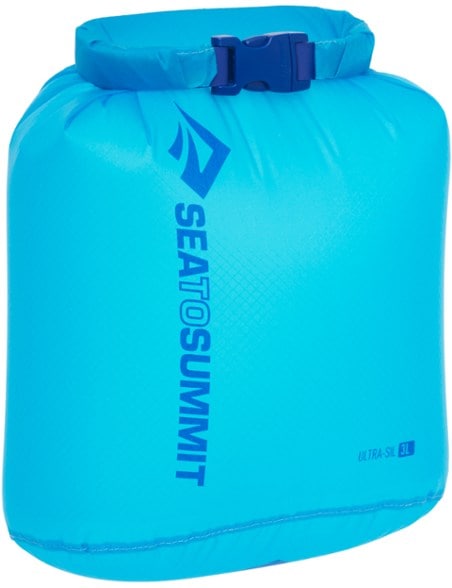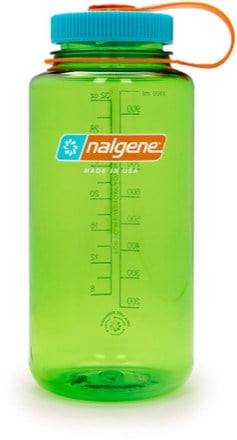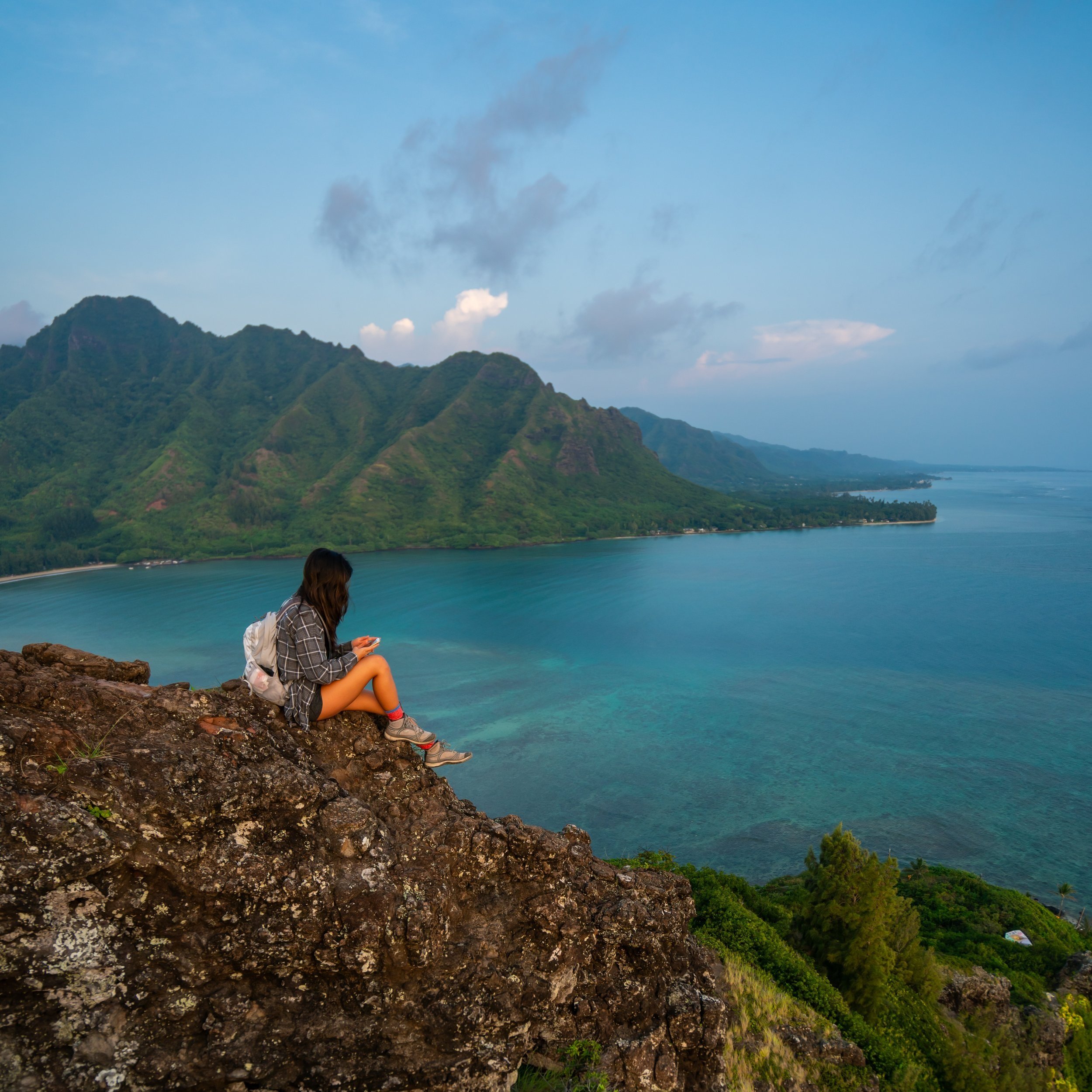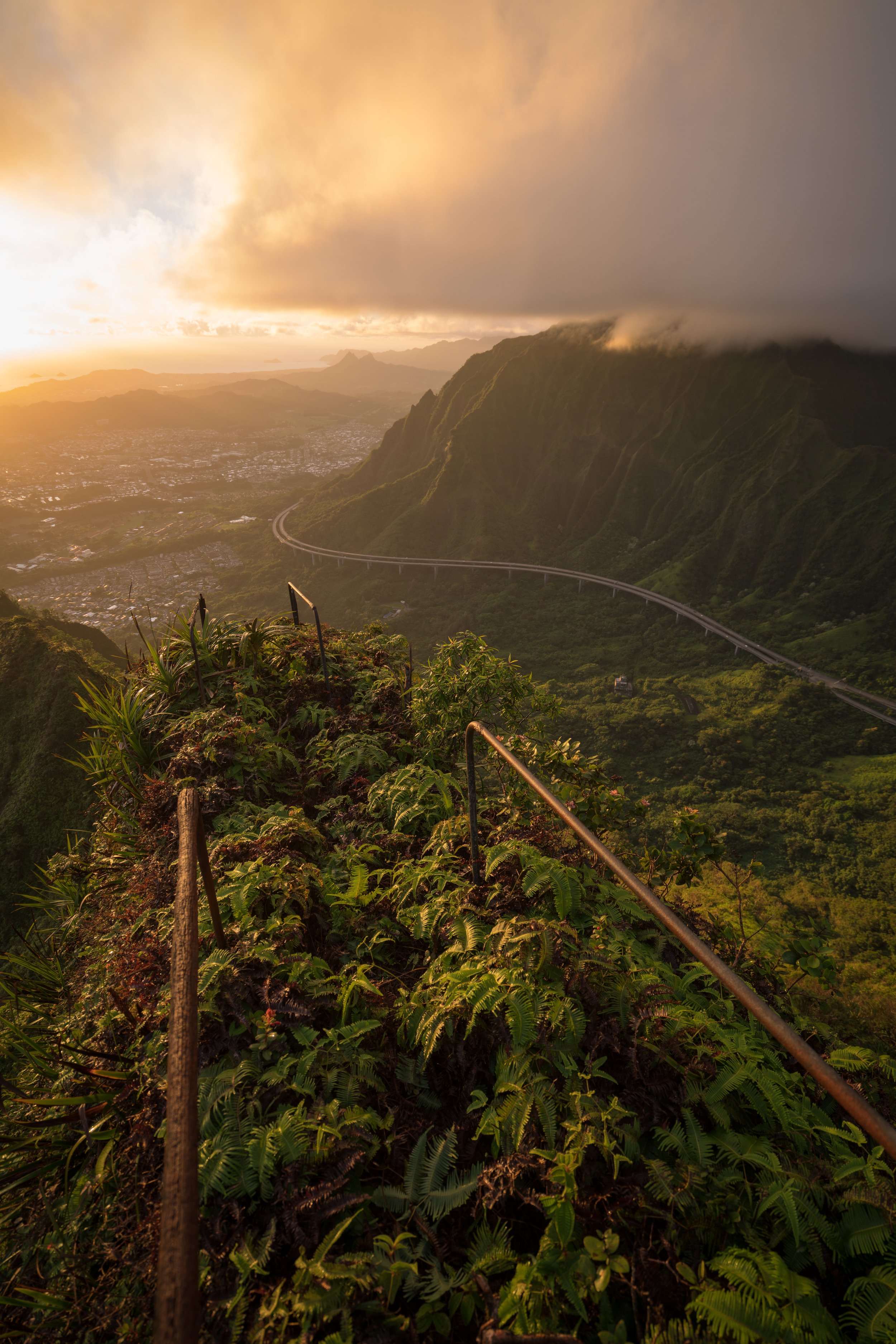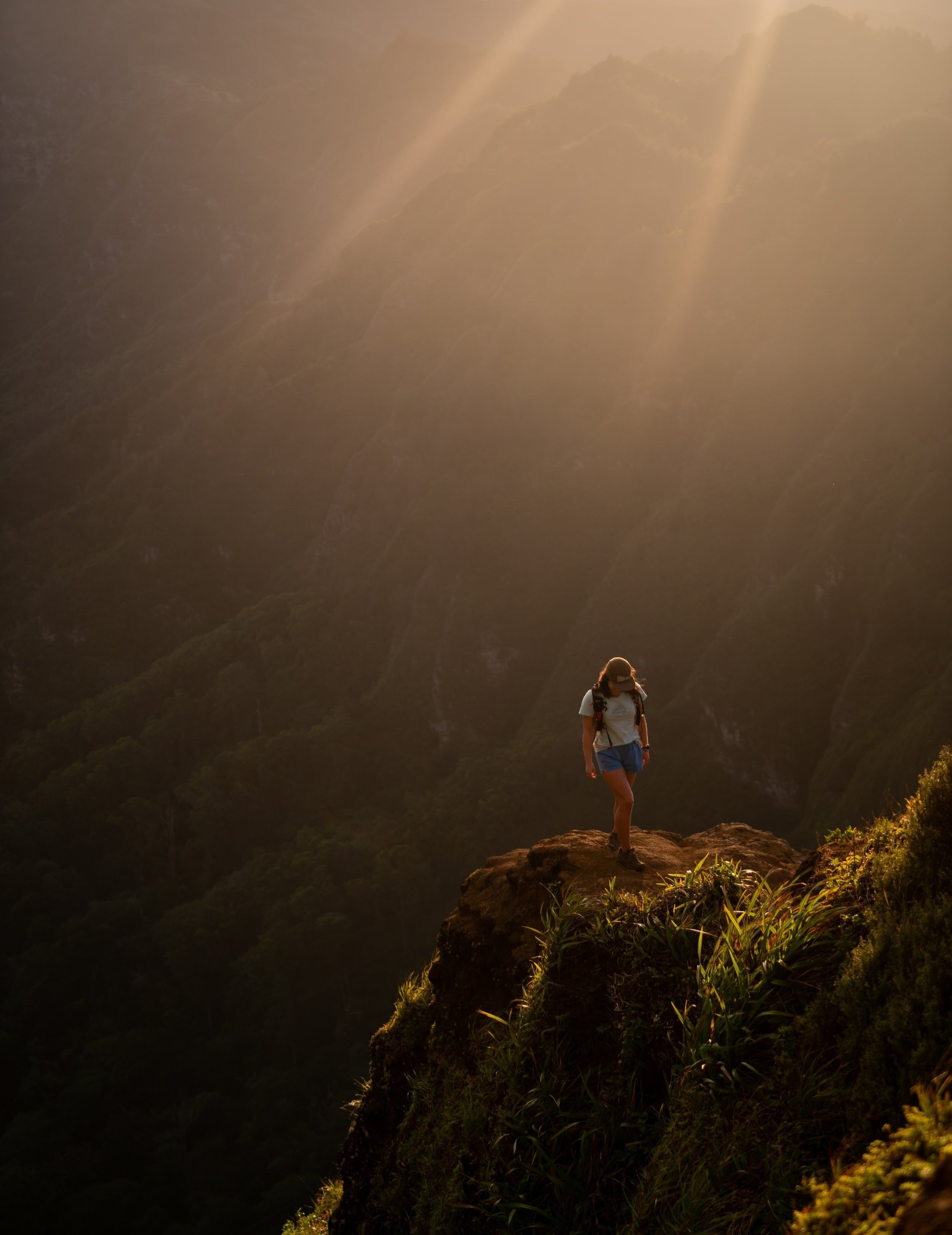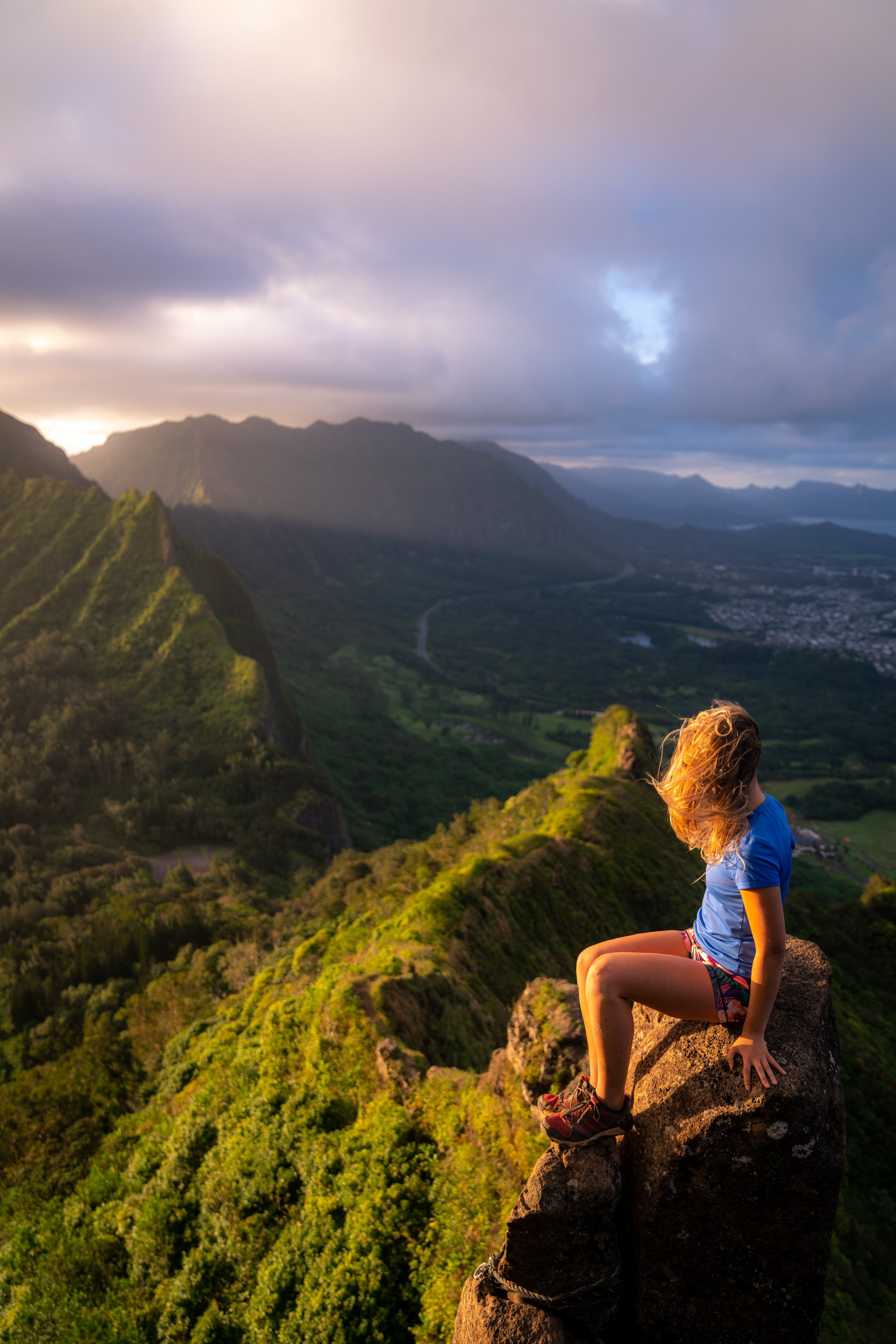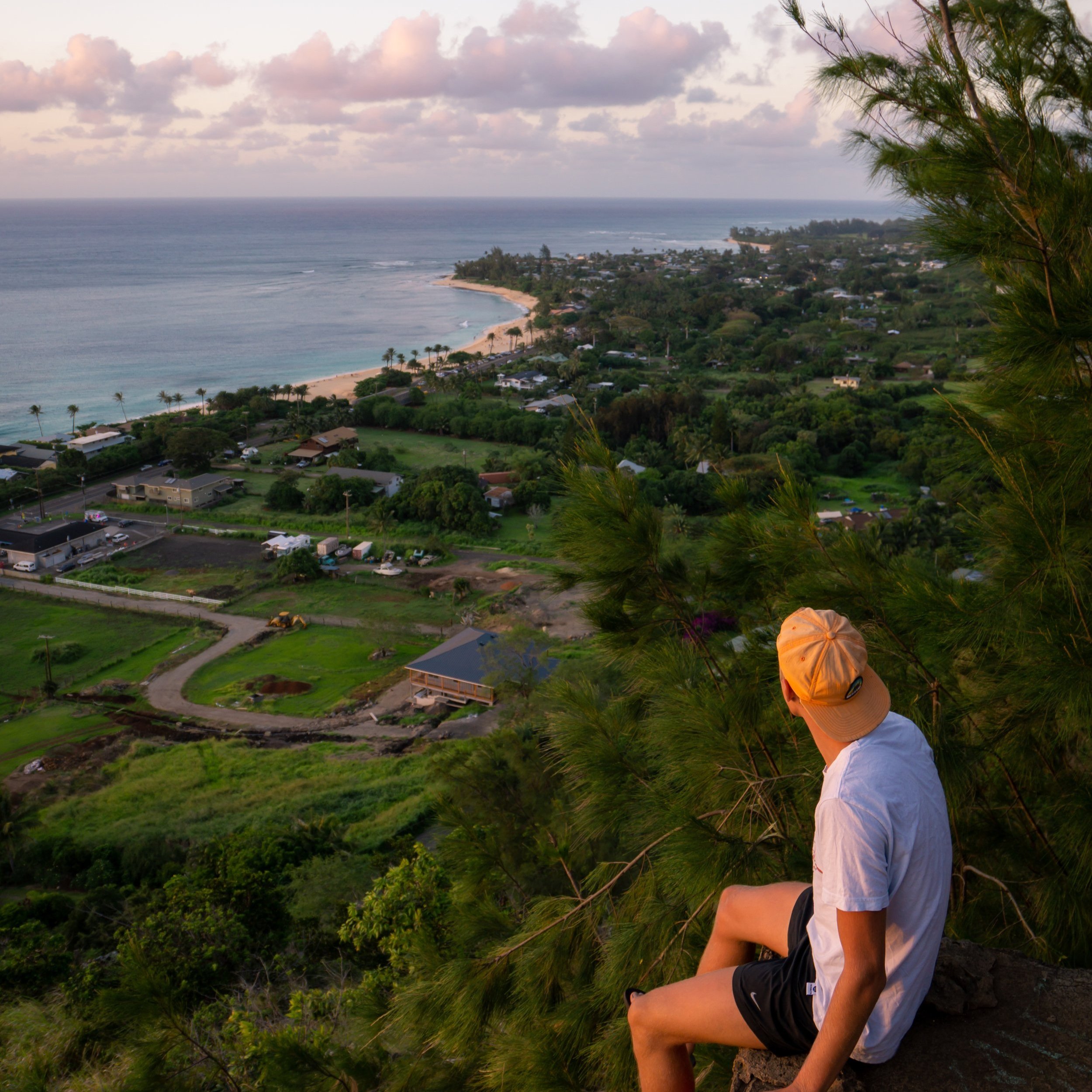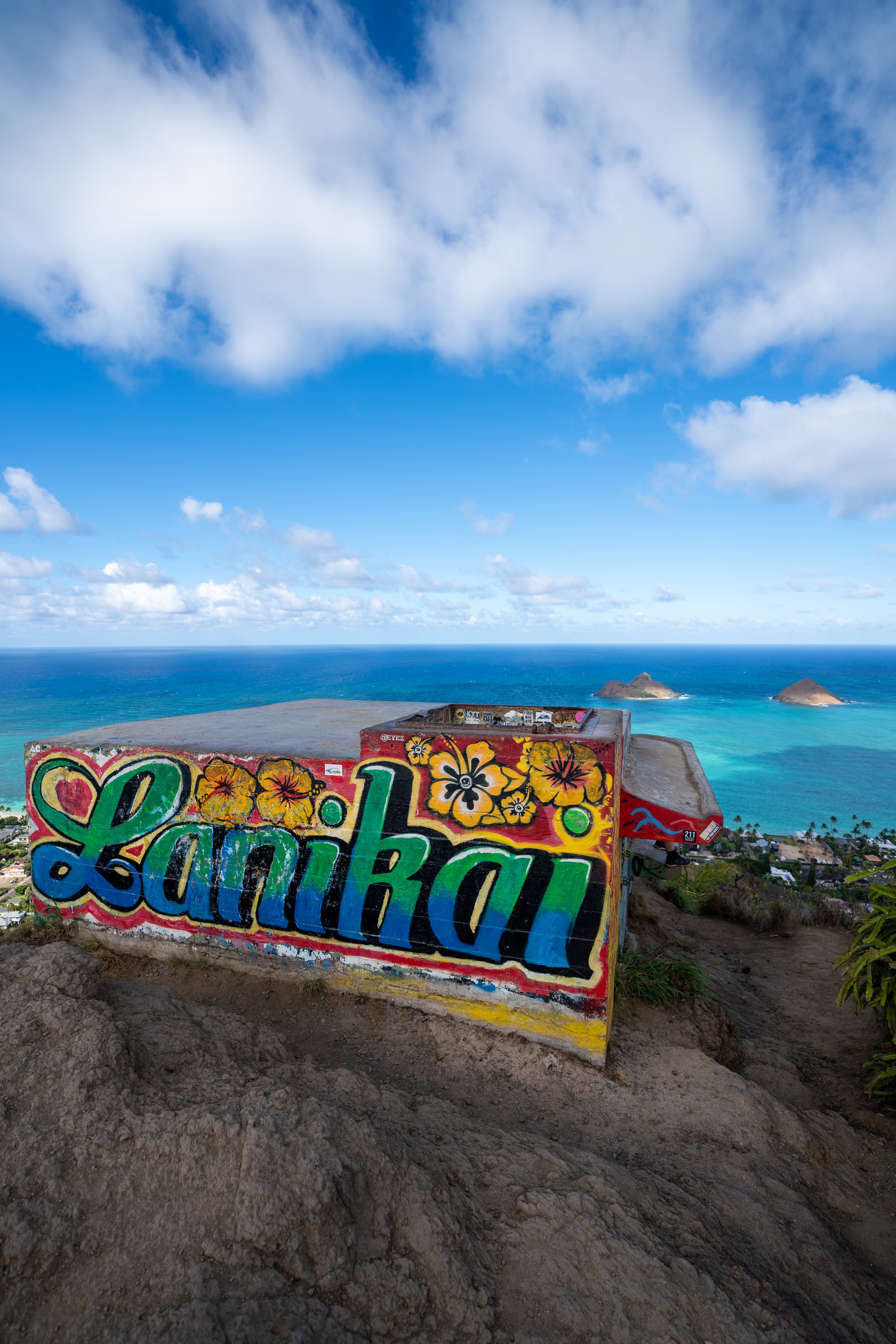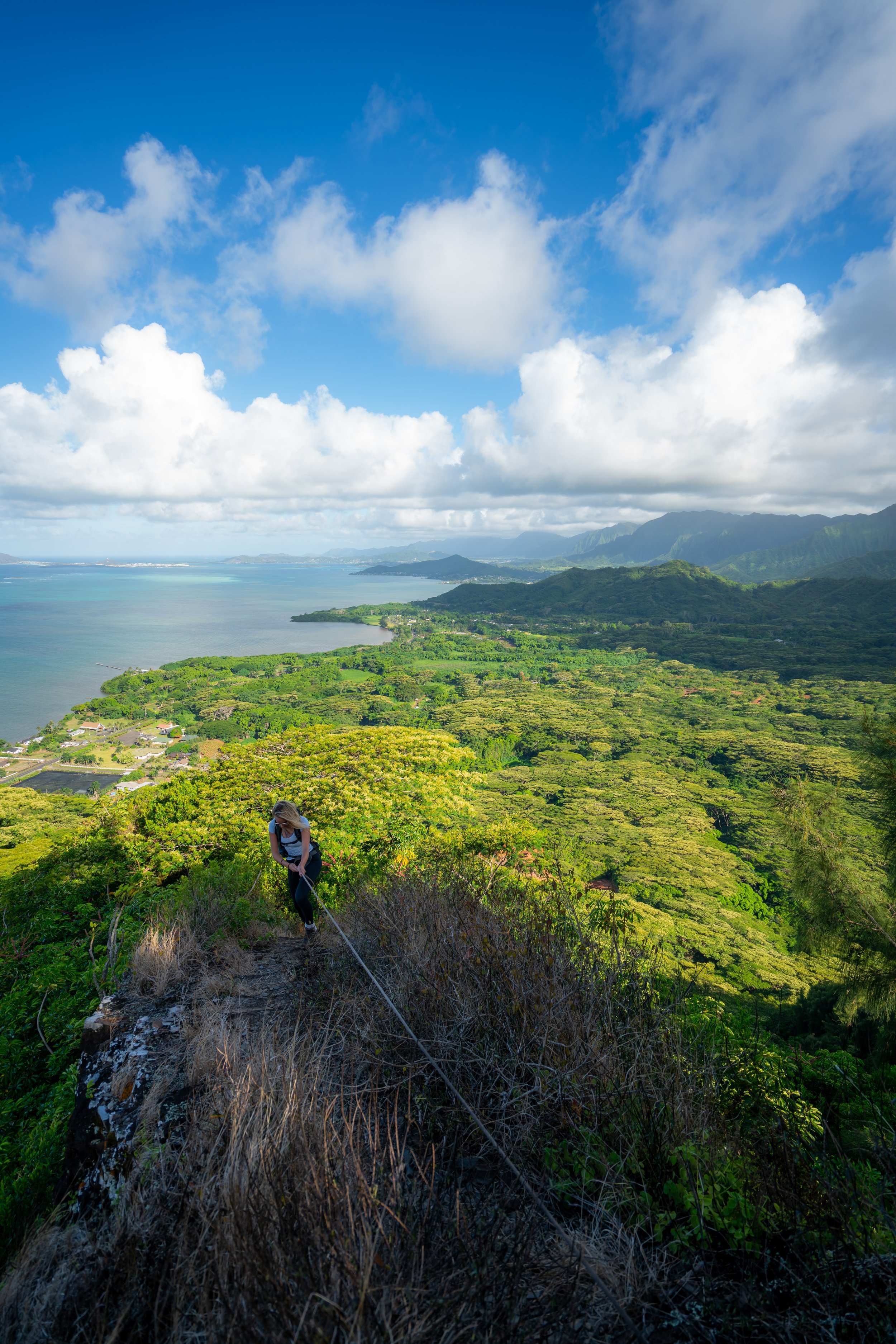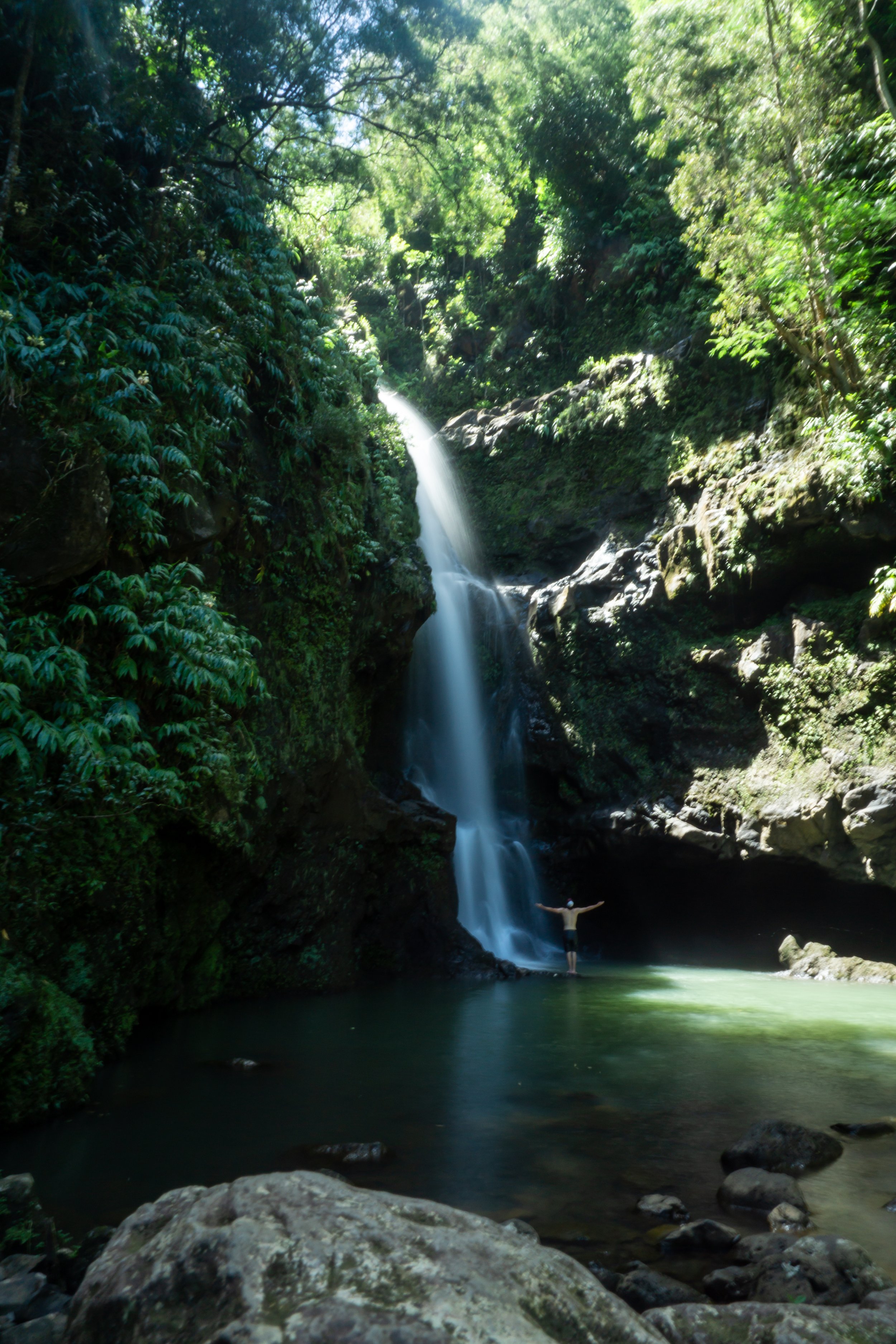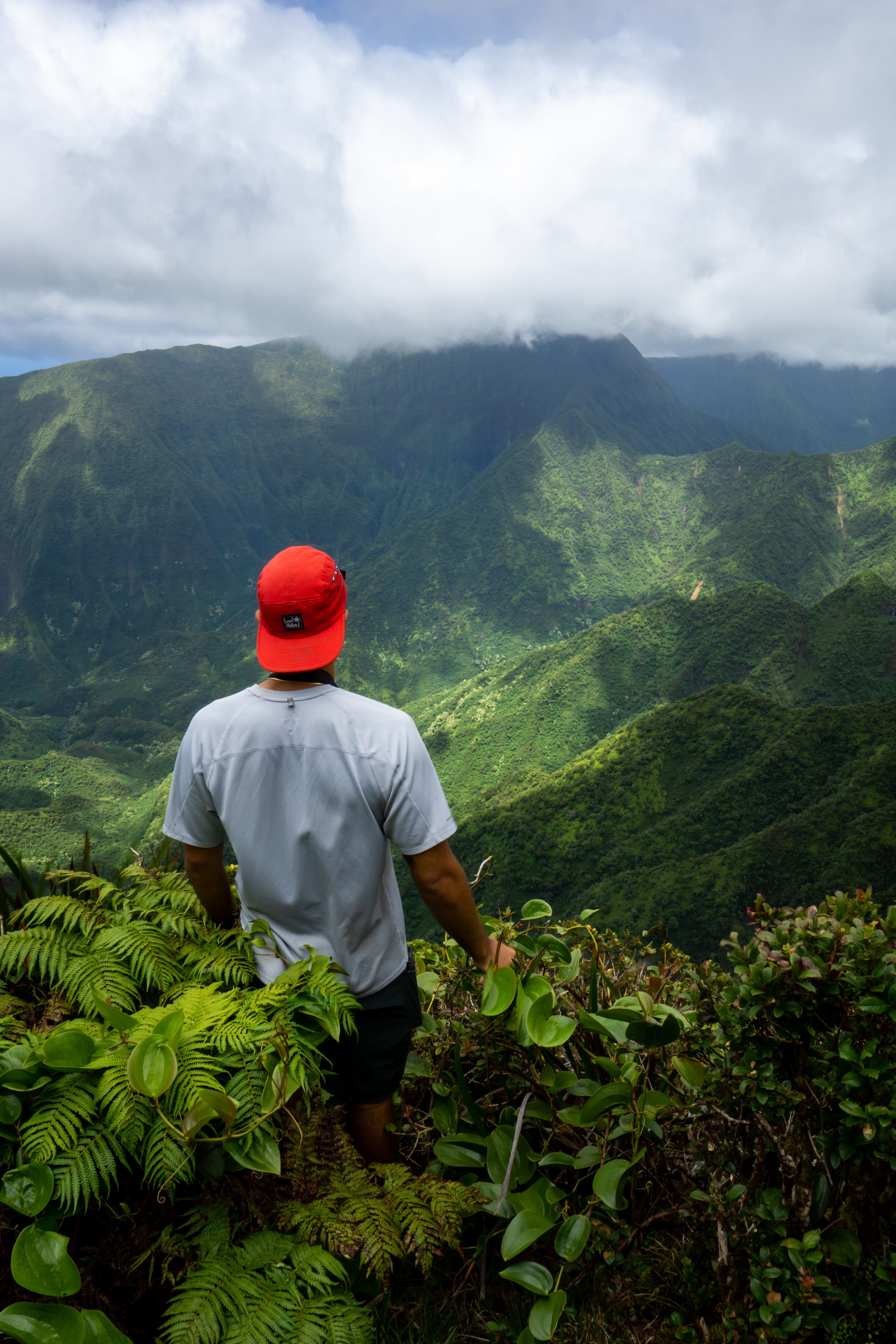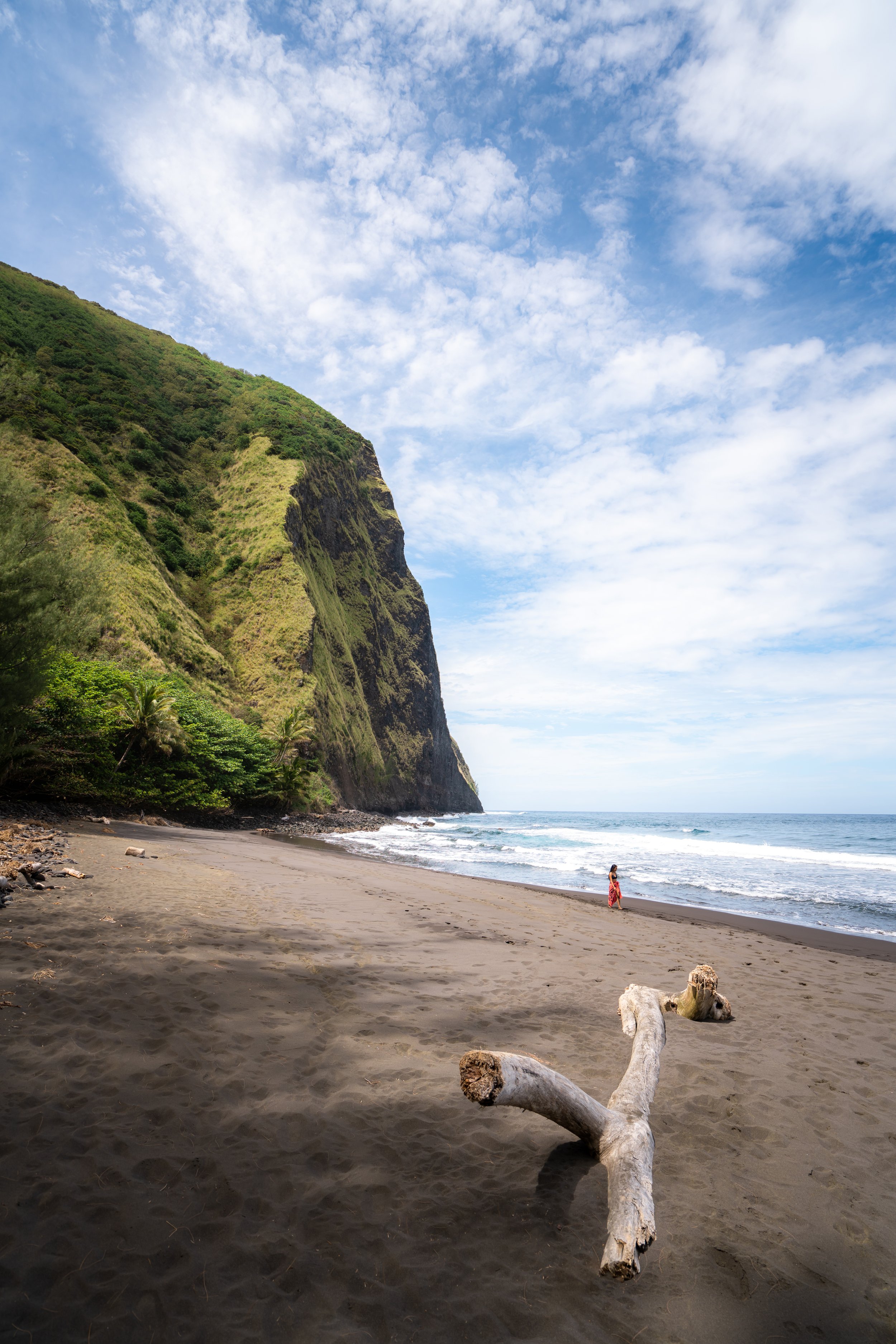Kayaking & Hiking Mokoliʻi (Chinaman’s Hat) on Oʻahu, Hawaiʻi
The Island of Mokoliʻi, commonly referred to as Chinaman’s Hat, is a beautiful small islet off the east side of Oʻahu in Kāneʻohe Bay, where those willing to cross the 0.3-mile (0.5 km) channel can enjoy everything from kayaking, hiking, rock climbing, and swimming at the beach on the far side of the island!
That said, kayaking to Mokoliʻi is easily the most popular option to get to and from the island, and it’s what I recommend if you’re a first-time visitor.
All this to say, if you’re up for a fun, offshore adventure, kayaking to Chinaman’s Hat is without a doubt one of the best things to do on Oʻahu!
How to Get to Chinaman’s Hat?
There are a number of ways to get to Mokoliʻi, but the most popular and most practical option is to kayak the short distance from Kualoa Regional Park.
Where to Rent Kayaks for Chinaman’s Hat?
There are several kayak rental operators across east Oʻahu, but for out-of-state visitors, that presents the challenge of getting a kayak rental to and from Kualoa Regional Park.
However, by making a reservation with the operator below, the entire hassle of renting, transporting, and returning a kayak to and from Kualoa can be can be completely avoided.
Additionally, one of my favorite things about booking through Viator is the reserve-now-and-pay-later option. As long as you’re booking more than three days in advance, you have the option to book ahead and cancel in the future if you change your mind.
Mokoliʻi (Chinaman’s Hat) Parking
Parking Mokoliʻi Island is best in one of the last parking lots within Kualoa Regional Park.
By this, I mean that the further toward the lifeguard tower you park, the closer the paddle will be to Mokoliʻi.
Google Maps Directions: Kualoa Regional Park
Gear for a Mokoliʻi Day Trip
The most important gear you will need for a day trip to Chinaman’s Hat is:
Hiking/ Water Shoes
Sun Hat
2-3L of Water/ person
Dry Bag
Sunscreen
Additionally, I think it’s worth noting that a waterproof daypack is by far more useful than a simple dry bag for the steep sections on the hike up Chinaman’s Hat.
You will want your hands to be free during these sections, which is why I highly recommend the pack linked below.
Kayaking to Mokoliʻi (Chinaman’s Hat)
Kayaking to Chinaman’s Hat should take somewhere between 20-30 minutes for most moderately fit people.
That being said, I don’t recommend swimming across the channel because 0.3 miles (0.5 km) is a lot longer than it may seem!
Mokoliʻi
Most people leave their kayaks and paddle boards on the closest side of Chinaman’s Hat before setting off to explore the island.
Hiking up Chinaman’s Hat
Distance: 0.25 miles / 0.4 km
Hiking to the top of Mokoliʻi is absolutely not meant for all people, of all abilities.
While the route to the top is very short and straightforward, there is a fair bit of exposure throughout numerous climbing/ scrambling sections because the trail is so steep.
That being said, these same sections are areas where you cannot fall or it would certainly mean serious injury or death. Keep in mind that rescue services will be slower, as they have to make their way to the offshore islet.
There is only one route up Mokoliʻi, which is the same side of Chinaman’s Hat that you can see from Kualoa Regional Park.
All other sides of the island are far too steep, meaning that the front face of Mokoliʻi is the only way up and down.
At this split, go right for the best route to the top.
Not long after leaving the water, the Mokoliʻi Summit Trail traverses numerous exposed sections, with the one just below the summit being the most dangerous.
Additionally, when the soil on Mokoliʻi is dry, the loose dirt can be very slippery in parts.
That’s why I recommend wearing shoes that are not only good in the water but also shoes that go around your heel.
Mokoliʻi Summit Climb
The next few photos, just below the summit, show the steepest and most exposed sections on the entire trail.
There are two different ways to climb up, but I don’t believe that one is necessarily easier than the other.
The person in this photo is coming down from the left route, but the photos I have of the rope is the route on the right.
Mokoliʻi Summit
From the summit of Mokoliʻi, you’ll have expansive views of Kualoa, Puʻu ʻŌhulehule/ Pride Rock, and much of Oʻahu’s east side!
Hiking Around Chinaman’s Hat
If you hiked up to the top of Chinaman’s Hat, head back down the same way until you reach the bottom of all the climbing/ scrambling sections.
Here, there should be a trail heading straight down to the water that’s different from the main Mokoliʻi Summit Trail from the main kayak landing.
Even if you see multiple paths down to the water, follow the most obvious path.
The overgrowth can get bad very quick if you don’t take the clearest route.
Mokoliʻi Loop Trail
Distance: 0.4 miles / 0.6 km
The distance above represents the length of the loop around the Mokoliʻi, ending at the main kayak landing from the beginning.
Once down at the water, simply follow the trail around Mokoliʻi, which will eventually reach the beach on the far side of the island.
I typically find it easiest to hike up and around the rocks in this section.
Mokoliʻi Beach
The beach on the far side of Chinaman’s Hat is one of the best parts about visiting the island!
When the waves aren’t too big, the small beach is one of the best places to swim and even enjoy the small sea cave next to the sand!
If you chose not to hike up and around Chinaman’s Hat, as shown above, then this small stretch around the island is all you would need to hike to reach the beach from the main landing.
Overall, exploring Mokoliʻi may seem like a quick trip, but on my last trip out, I easily spent 5 hours on Mokoliʻi due to all the exploring we did!
Make sure you pack plenty of food, water, and sunscreen for the long day.
More Oʻahu Adventures
If you’re interested in reading about some more amazing Oʻahu adventures, check out my separate posts below!
Best Hotels & Restaurants in Waikīkī
If you’re trying to decided where to stay on Oʻahu, check out my top 10 list for the best resorts and restaurants in Waikīkī.
I break down what makes one hotel a better choice over another, so that you can find the best fit for your stay on the island.
Read My Separate Post: Best Waikīkī Hotels & Restaurants
HNL Airport-Hotel Shuttle
Prices on ride-share apps like Uber/ Lyft cannot beat the price of booking your hotel shuttle prior to arrival. I say this because there are additional fees for ride-share airport pick-ups at Honolulu Airport (HNL), which is why I recommend booking your transportation in advance using the options below.
Additionally, the last option below will go as far as the Ko ʻOlina Resorts on the West Side and Turtle Bay on Oʻahu’s North Shore!
Best Way to Book Rental Cars!
I travel quite a bit, and I know firsthand that finding a good rental car deal can be a challenge, but that’s why I recommend comparing all of your options with Discover Cars.
In short, Discover Cars is a well-known, reputable business that allows you to search for the best deal across companies, and they have the best full-refund cancellation policy I’ve ever seen, valid up to 72, or sometimes even 48, hours prior to your reservation!
Book Here: Discover Cars
Visiting Other Islands
If you are visiting Oʻahu or heading to another island, check out some of my personal recommendations for Oʻahu, Maui, Kauaʻi, Molokai, Lānaʻi, and Hawaiʻi Island (Big Island) in these separate posts.
If you’re trying to decide which island is right for your visit, check out my overview about each island in the post below.
Read My Separate Post: What is the Best Hawaiian Island to Visit?
What is the Best Time of Year to Visit Hawaiʻi?
The weather in Hawaiʻi can often appear to be warm and beautiful throughout the year, but in my experience, there is a lot more to consider when planning what time of year to visit the islands, such as what island you are considering, what sides of each island do you plan to stay, what activities are you most interested in, the wildlife, and countless other nuanced variables that can all impact the type of trip you can expect to have.
For these reasons, I highly recommend reading through my separate article to not only understand my thoughts regarding the best time of year to come to Hawaiʻi but also what you need to consider based on the time of year that you plan to visit.
Read My Separate Post: What is the Best Time of Year to Visit Hawaiʻi?
10 Best Tours & Excursions on Oʻahu
There are a lot of different tour options to choose from on Oʻahu, but to make it easier to decide, I made a list of my favorite tours because some things simply are better with a local guide!
Read My Separate Post: Best Tours on Oʻahu
Safety
All hikes in Hawaiʻi should not be compared to trails outside of the islands, and hikers should exercise due caution on every adventure, given that many are extremely dangerous.
By this, I mean that Hawaiʻi is known for hot, humid weather, steep, dramatic, and unstable cliffs, and flash floods, which can occur without warning. Therefore, it is important that you check the local forecast, understand the physical condition of your entire group, and pack sufficient food and water before attempting any adventure.
Disclaimer
All information provided on this blog is for informational purposes only and is not intended to be a substitute for information or advice from qualified professionals or managing agencies.
Noah Lang Photography LLC makes no representations or warranties regarding the accuracy or completeness of the information provided here, and readers should use their own discretion, judgement, and seek professional advice where it is appropriate.
Furthermore, Noah Lang Photography LLC shall not be held responsible for any injuries, lost individuals, or legal issues arising from the use of information provided on this website, and if applicable, the above safety disclaimer should be referenced to provide a generic overview of the risks involved.
All said, the content on this blog is for the sole use of Noah Lang Photography LLC, and unauthorized use or reproduction of this content is strictly prohibited.
Disclosure
This post is not sponsored.
However, some of the links in this post are affiliate links, which means that I may earn a small commission if a purchase is made through one of those links. This commission comes at no additional cost to you, and I only recommend products that I personally use and believe will add value to my readers. Thank you for your support, which enables me to continue creating more!
To read the full privacy policy, click here.
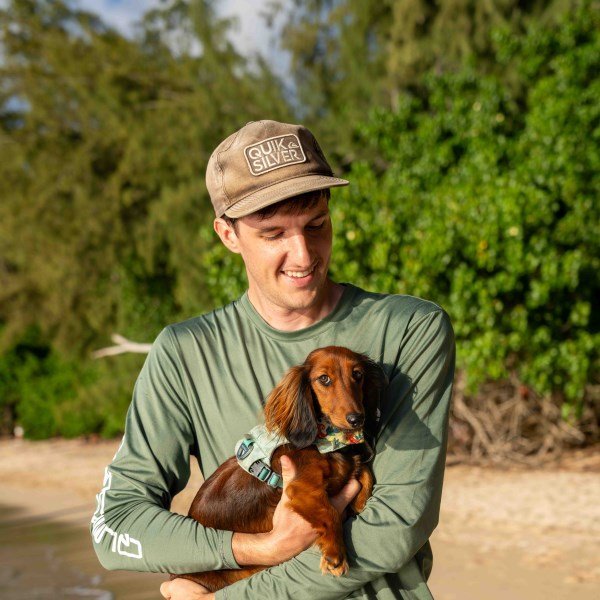
About This Blog
Noah Lang Photography, also known as @noahawaii, is 100% reader-supported!
I do not accept guest articles or sponsored content of any kind on my blog, which is why, if you enjoy the outdoor and travel content I create, please consider buying me a coffee!
I appreciate your support, which helps me continue to keep this blog alive!



